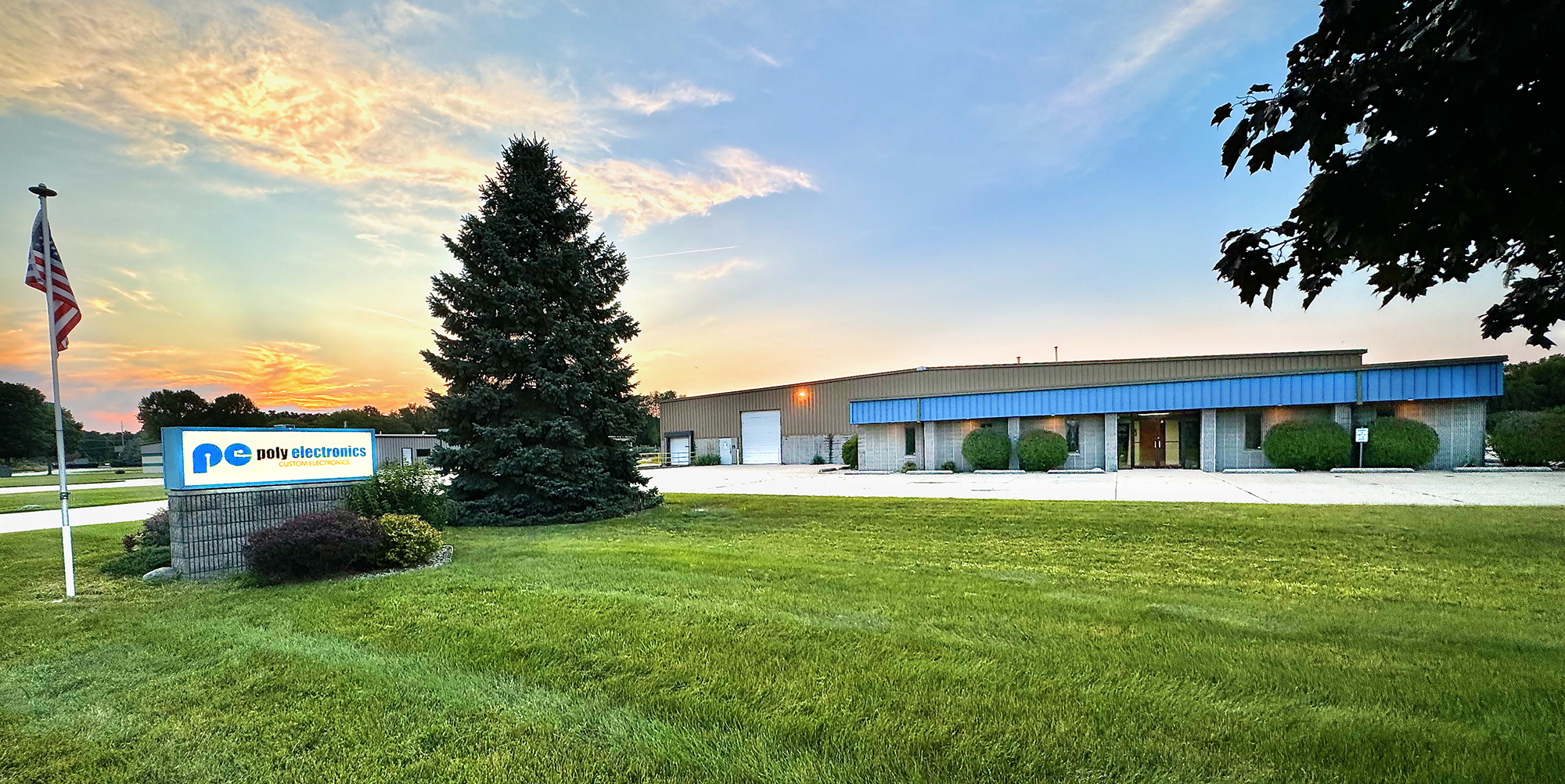Designing a PCB that functions as intended is only part of the challenge. If you’re not designing with manufacturing in mind, your layout could be quietly driving up production costs—sometimes by double-digit percentages. At Poly Electronics, we’ve helped countless engineers optimize designs that looked good on paper but ran into cost, yield, or lead time issues on the production floor.
Here are five of the most commonly overlooked layout decisions that can significantly impact your total assembly cost—and how to avoid them.
1- Tight Component Spacing
The Problem:
Cramming components too close together may be necessary in high-density designs, but it complicates pick-and-place, increases rework difficulty, and can lead to solder bridging or inspection blind spots.
Cost Impact:
Higher labor for manual placement or rework, lower yields, and more time-consuming visual inspection or X-ray validation.
What to Do:
Where possible, maintain IPC-recommended clearances between components, especially around high-pin-count packages and connectors. Give your CM room to work with.
2- Inaccessible or Missing Test Points
The Problem:
Skipping test points may save layout space, but it limits test coverage and troubleshooting during manufacturing.
Cost Impact:
Without adequate access for ICT or functional testing, manufacturers must rely on slower, less reliable manual test methods—or forgo testing altogether, risking defects in the field.
What to Do:
Include labeled, accessible test points for key nets—power rails, ground, communication lines, and critical signals. Consult your CM about test fixture compatibility during layout.
3- Non-Standard Board Shapes and Panelization Challenge
The Problem:
Unique board shapes may fit the product enclosure, but they often waste material or require custom tooling to process efficiently.
Cost Impact:
Inefficient panelization increases scrap, slows down SMT placement, and drives up tooling costs—especially with irregular contours or cutouts.
What to Do:
Whenever possible, design your board to be panelized with other boards or in a standard format. If the form factor is non-negotiable, collaborate with your CM early to create a production-friendly panel layout.

4- Unclear Silkscreen and Polarity Markings
The Problem:
Missing or ambiguous silkscreen indicators can cause confusion during assembly and inspection, especially on polarized components like diodes, LEDs, and capacitors.
Cost Impact:
Increased manual verification, slowed production, and potential for misplacement—all of which reduce yield and increase QA time.
What to Do:
Include clear polarity marks, reference designators, and orientation indicators on all components. Consistency in labeling helps speed up both placement and inspection.
5- Improper Thermal Relief or Pad Design
The Problem:
Pads connected directly to large copper pours without thermal relief can create cold solder joints due to uneven heating during reflow. Similarly, insufficient pad sizes or odd-shaped footprints can cause tombstoning or misalignment.
Cost Impact:
Soldering defects are one of the most expensive issues to correct, often requiring rework or even scrapping boards.
What to Do:
Use thermal relief spokes on pads tied to copper planes, and follow IPC-7351 pad geometry recommendations. Your CM can provide guidance if you’re unsure what’s best for your application.
Final Thoughts: Design With the Factory in Mind
Design engineers face constant pressure to meet functional, size, and performance requirements. But if manufacturing isn’t part of the conversation early on, small layout decisions can snowball into significant cost increases. The good news? These issues are entirely avoidable with a proactive design-for-manufacturability (DFM) mindset.
At Poly Electronics, we partner closely with engineers to review layouts before production and offer practical, factory-floor-informed suggestions to reduce cost and risk. If you’re ready to turn a good layout into a great one, let’s talk.
👉 Contact us today to schedule a free DFM review or discuss your upcoming project.


